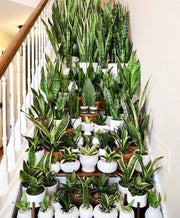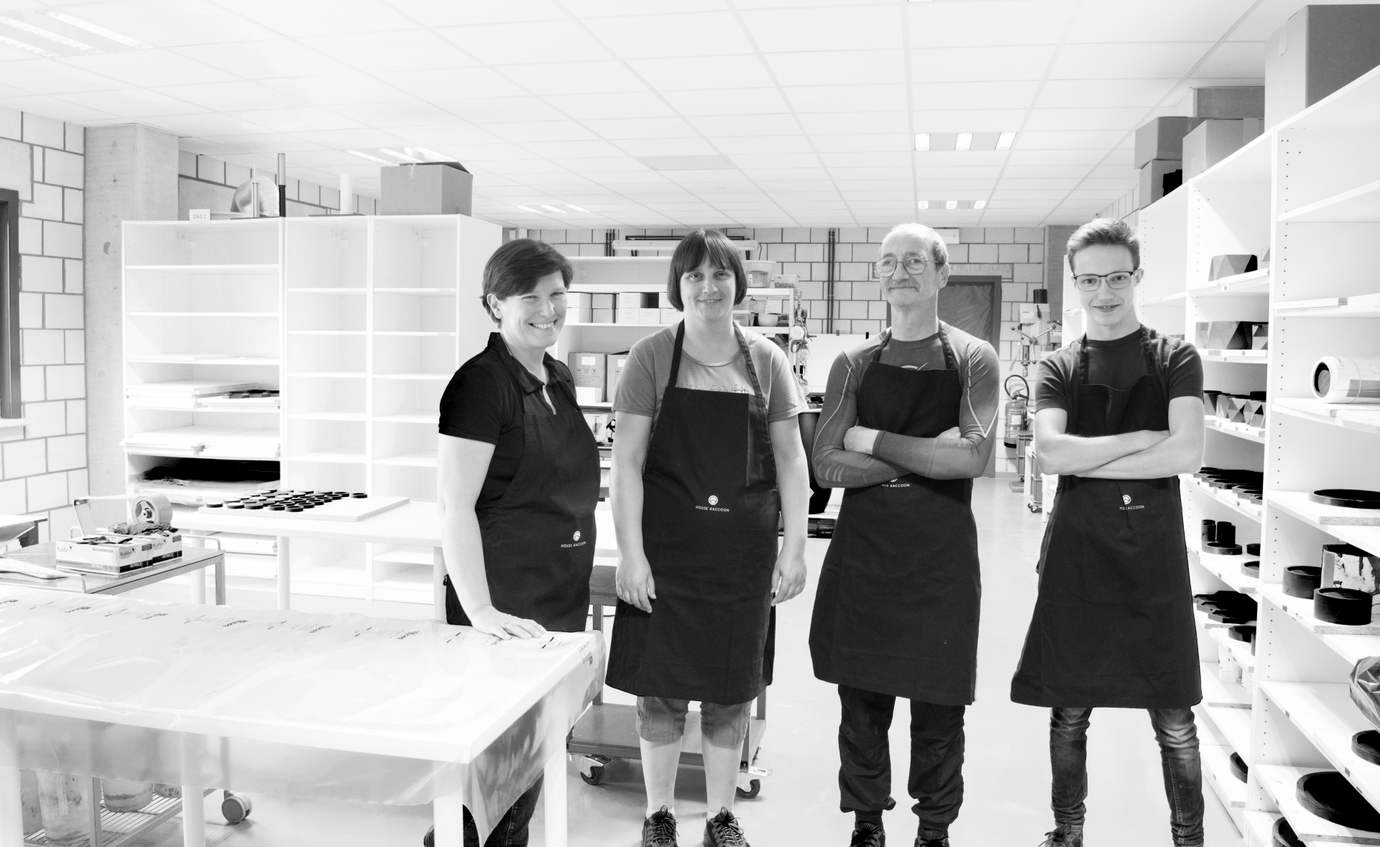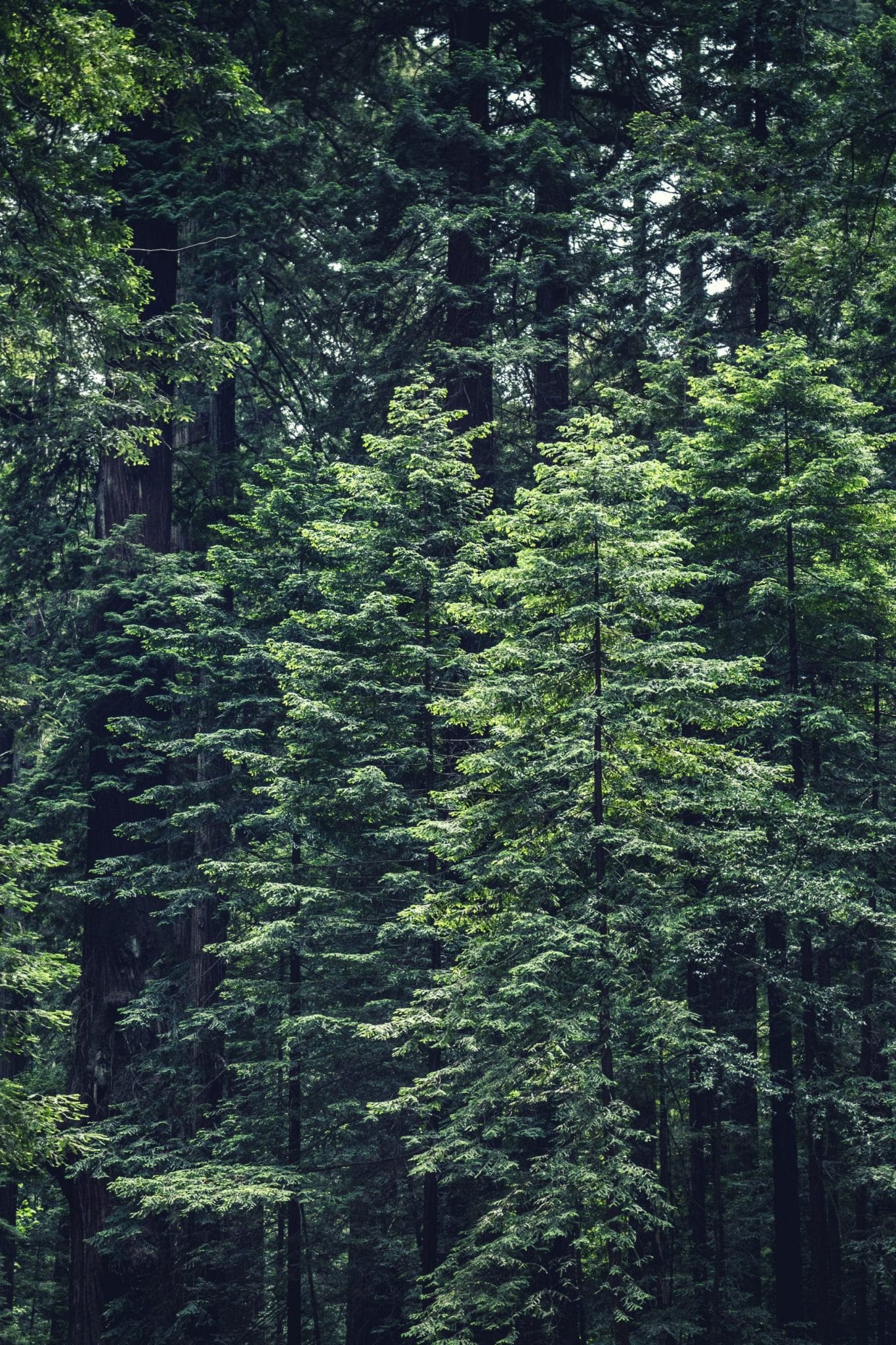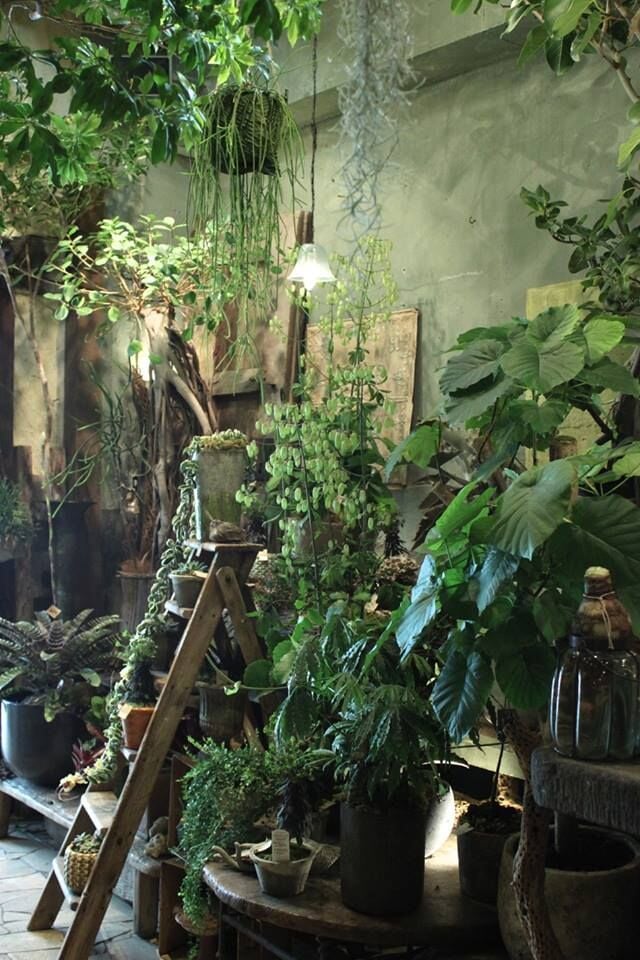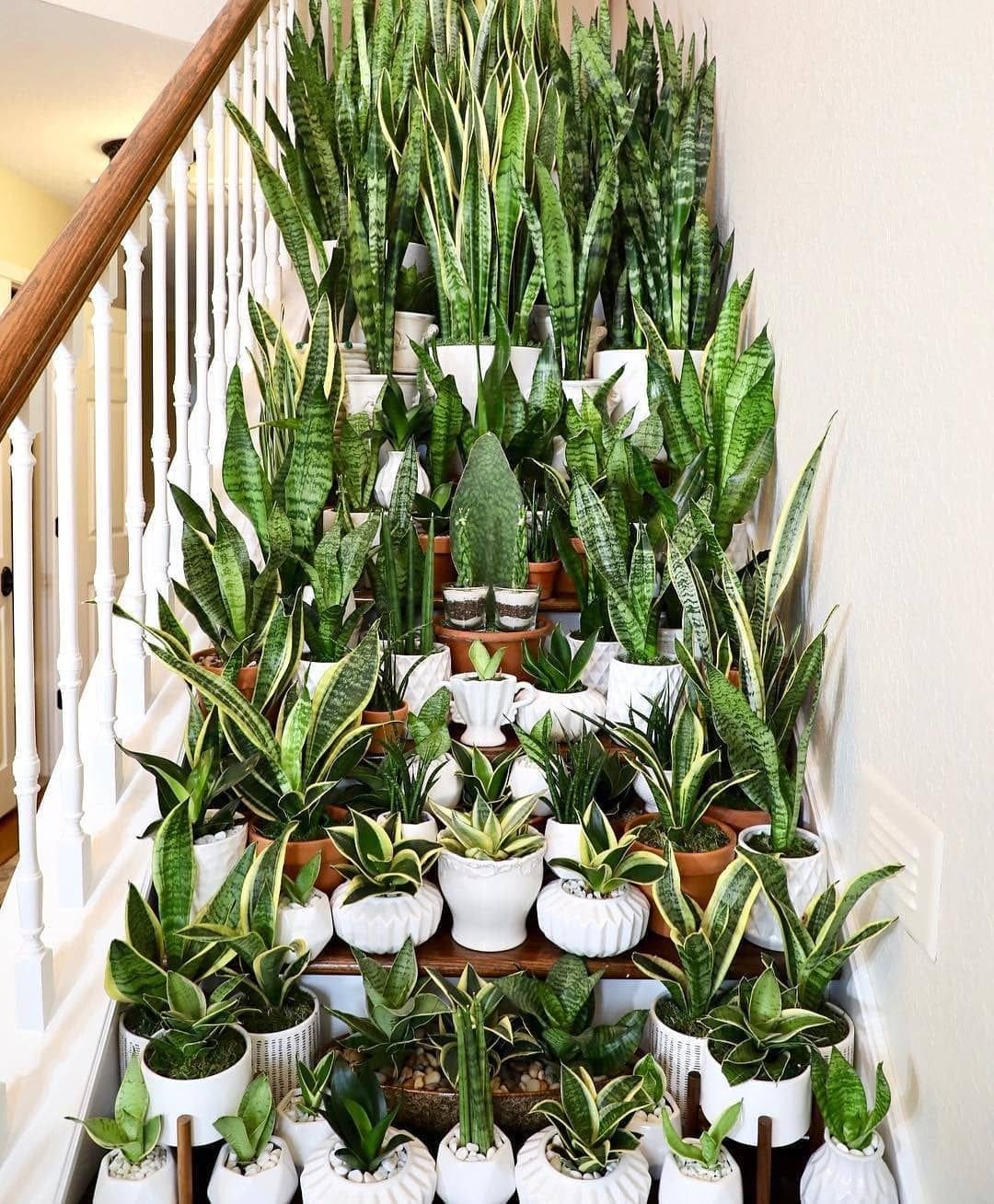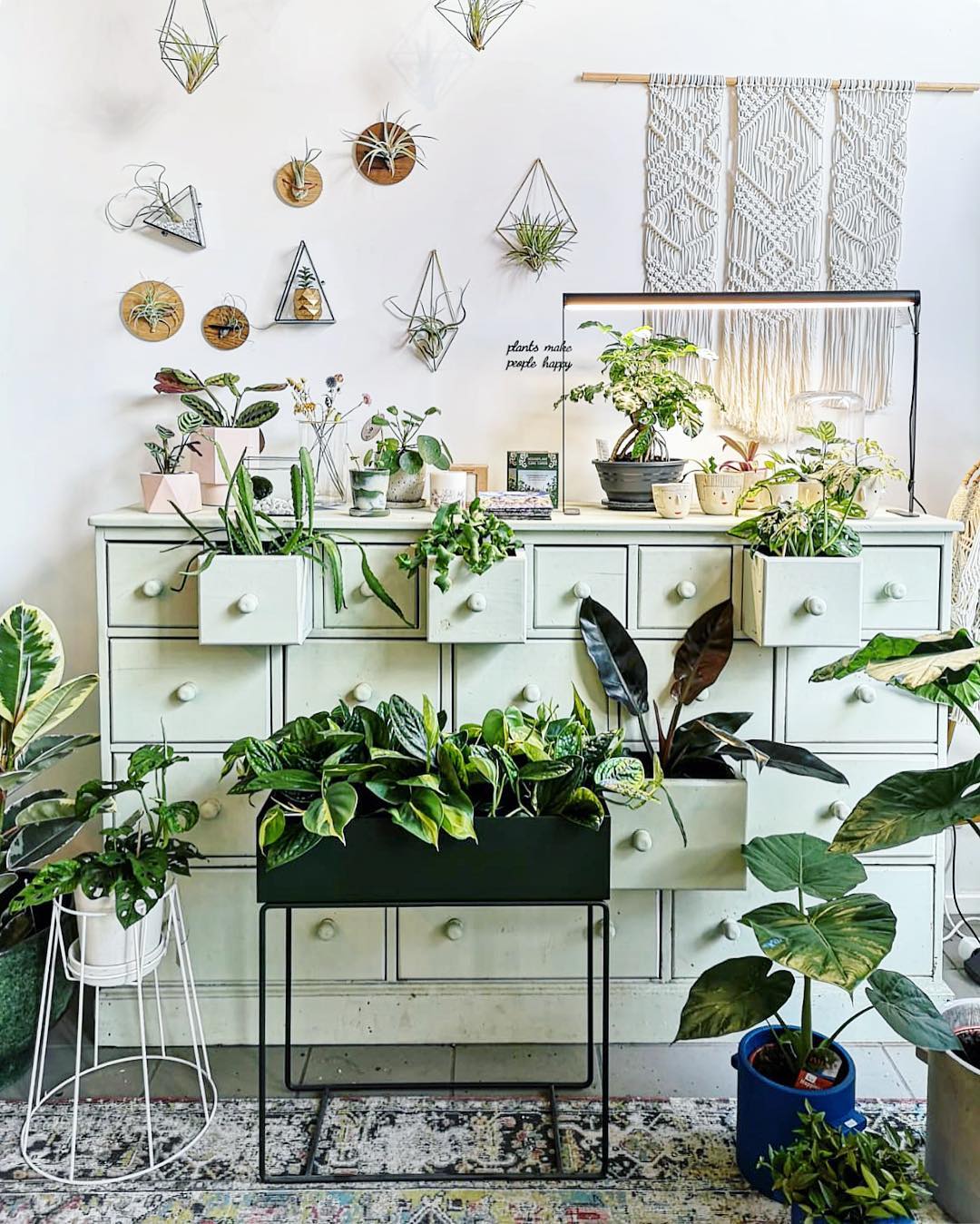Indoor Plant Pots - 5 tips for getting it right.

You are looking for indoor plant pots but you have no idea what you should pay attention too. Below we give you five tips for finding the right indoor plant pot and using it right!

Tip 1 - Choose the right type of pot.
You are probably thinking about buying a standard planter but there is a lot more to choose from. We describe al indoor plant pot types so that you can find out what suits your interior best.
- Standard planter: these are the pots everyone knows and loves. Called 'cache pots' in French, they are meant to hide the not so pretty growing pots you buy your plants in.
- Plant stand: this is a standard planter but with legs. Stands are used to create more interesting scenery by getting your plant a bit higher in the air.
- Plant hanger: this is a standard planter that mostly hangs with ropes from the ceiling and adds a lot of character. Choose this if you already have a nice collection of standard planters.
- Wall planters: these are planters that are made to hang directly onto the wall without the need of a shelve. They start fairly basic but also exist in complete computer controlled wall installations. Probably too much for your interior unless you own a public space like a hotel.

Tip 2 - Choose indoor plant pots with the right water drainage.
Because water cannot run as freely in your interior as it can outside, it is important that you choose the pot with the right drainage system.
- 100% waterproof planters: these pots have no drainage method at all. Handy because you can never spill water. The disadvantage is that your plant might get sick when you give him too much. Often made out of plastic, metal or ceramic.
- Porous planters: these pots exist of porous materials that let the surplus of water escape. You can never give too much water with a planter like this but you have to put them on a protective saucer to protect your interior. Often made out of unglazed terracotta or concrete.
- Planters with a hole: these pots have a hole in the bottom the let the surplus water flow away. If you use this indoors, you certainly need a saucer to collect the excess water.
- Self-watering planters: this is a planter that has a system to return water from a reservoir when the soil starts to dry up. You can leave plants in them for 1-2 weeks without needing to add extra water which is super handy for when you go on a vacation.

Tip 3 - Choose the right material.
Indoor plant pots don't need to withstand the weather and so they stay beautiful longer. We go through the most popular materials and consider their pros and cons.
- Terracotta: Terracotta (unglazed baked clay) becomes increasingly popular for indoor use. You should buy a terracotta indoor plant pot if you are searching for a cheap planter which develops a natural patina over time and has excellent water drainage qualities.
- Concrete: concrete has more or less the same qualities as terracotta. Concrete pots often have some additives in them to make them (more) waterproof. An advantage of concrete is that you can recycle it 100%. Designs in concrete often also are a tad more minimalistic than terracotta indoor pots.
- Ceramics: ceramics can be described as Terracotta with a thin and durable glass coating on top of it. Because of this, they are 100% water and stain resistant. They are a perfect choice if you want your planter to be easily washable.
- Plastic: the modern alternative to ceramics. The advantage is that they are a lot lighter and as easy to clean. Make sure that you buy a plastic which is easily recyclable.
- Metal: also metal can get a paint finish so that no water or dirt can penetrate. They are often among the pricier planters and are not that good for the environment because producing iron is quite polluting. They do last for a very long time and that makes up for a lot!
- Composite materials: these are materials that combine different materials to get the best properties of different categories. For our own planters, we use for example a Gypsum Composite to get a stone look which is waterproof.

Tip 4 - Choose the right size.
It is important that you give your plant the right planter size. Otherwise, he can get growing stress. If you keep your plant in the plastic growing container, you can choose a plant pot that's just a bit larger than the plastic growing container. If you decided to give the plant some more growing space, it is smart to buy a plant pot which is 5-10 cm larger than the plastic growing container. Repotting should happen every 1 or two years for most plants.

Tip 5 - fill you indoor plant pots the right way.
As soon as you have chosen the right indoor plant pot, you still have to fill it with your favorite plant. If you have a planter without a hole in the bottom and not in a porous material, it is best to keep your plant in the plastic growing container and put it in as a whole in the indoor plant pot. Because of the height of the growing pot you still have an inch of space from underneath in which water can remain without harming the health of the plant. Worst case you can also still pour water out of the plant pot if you gave too much water.
Alternatively (do not keep the growing container in this case!), you can also fill the bottom 5-10 cm of the flowerpot with stones, shells or even shards of a terracotta pot so that there is some room where water can remain.
You should then add earth to the bottom of the planter (possibly on top of the stones) until one-third of the planter is filled with earth. On top of this, you put the root ball of the plant and around it, you fill with soil. You can also sprinkle a thin layer of earth on top of the plant.


